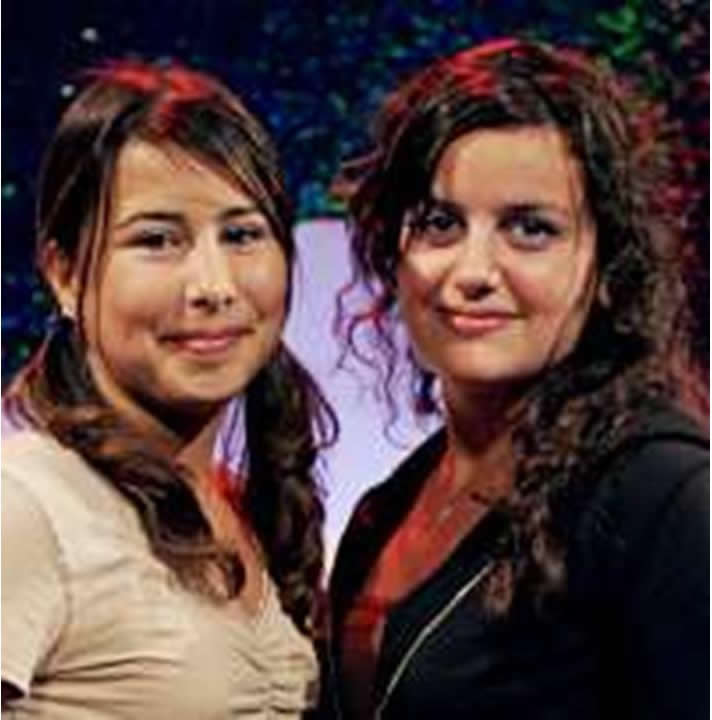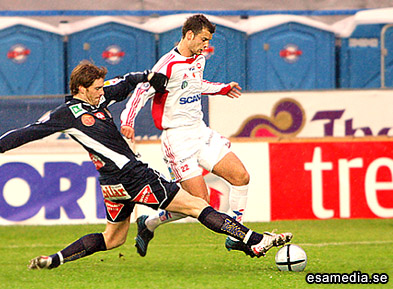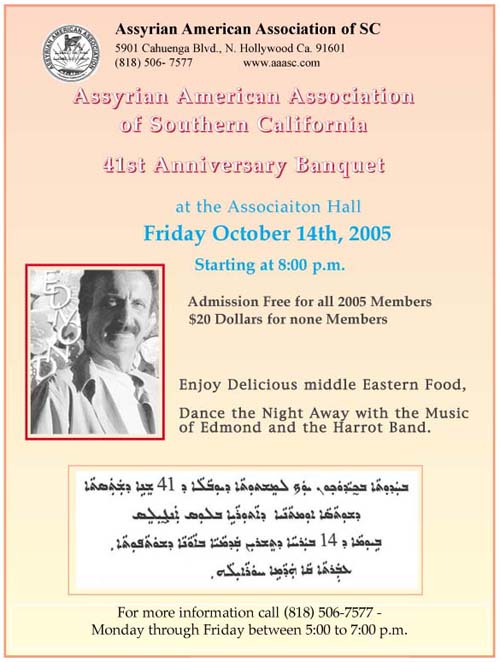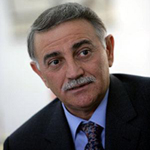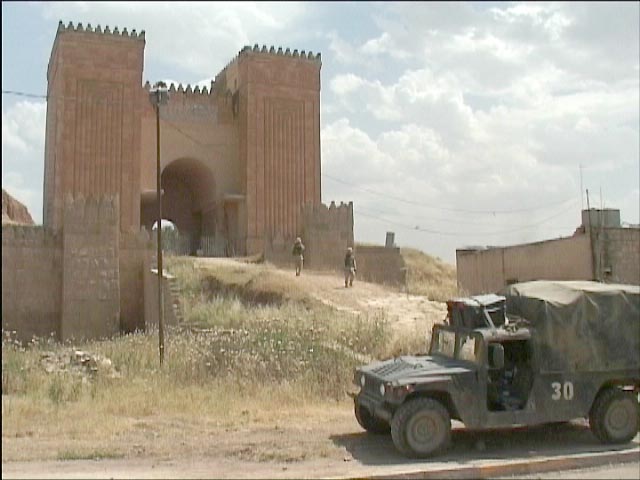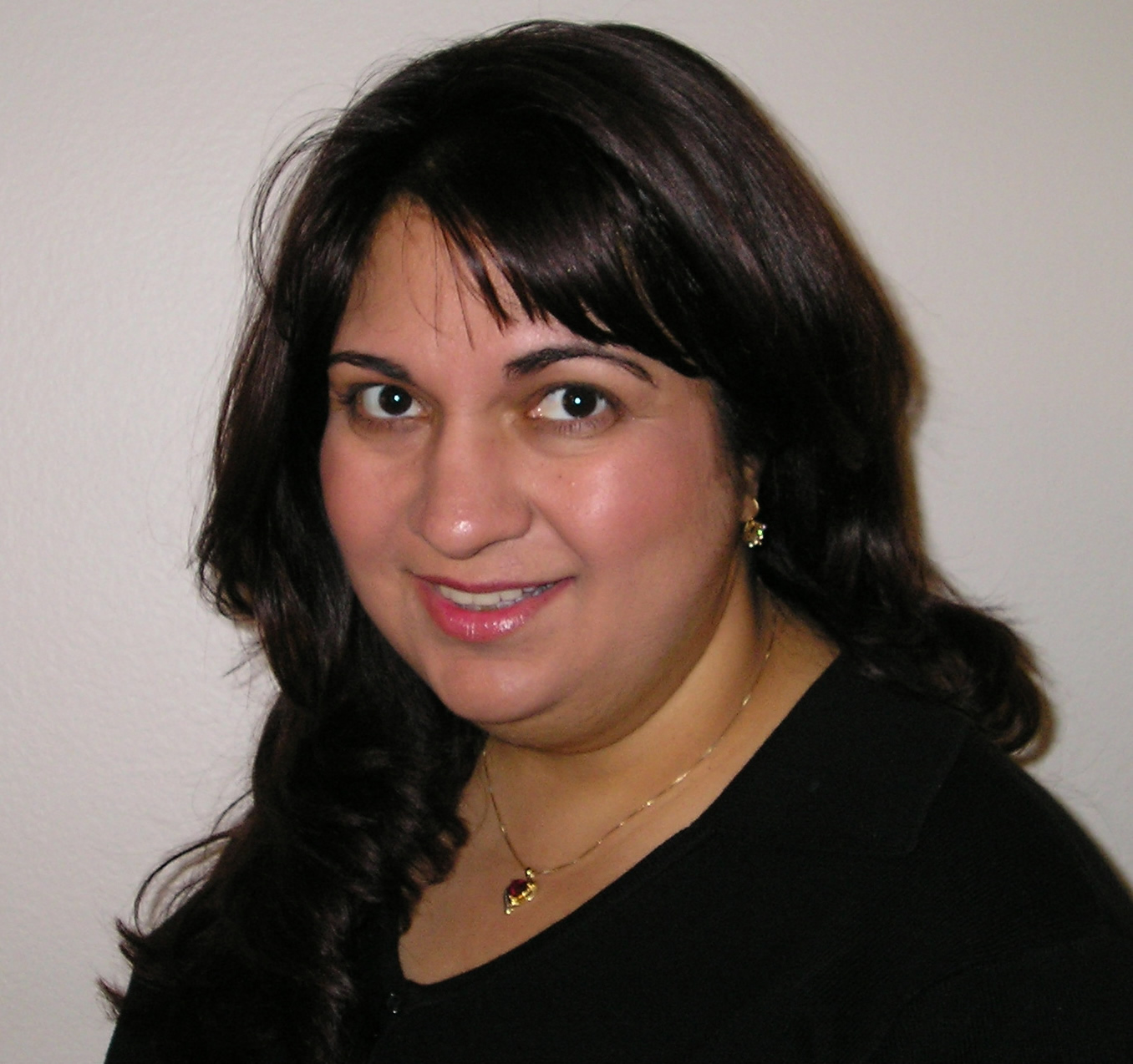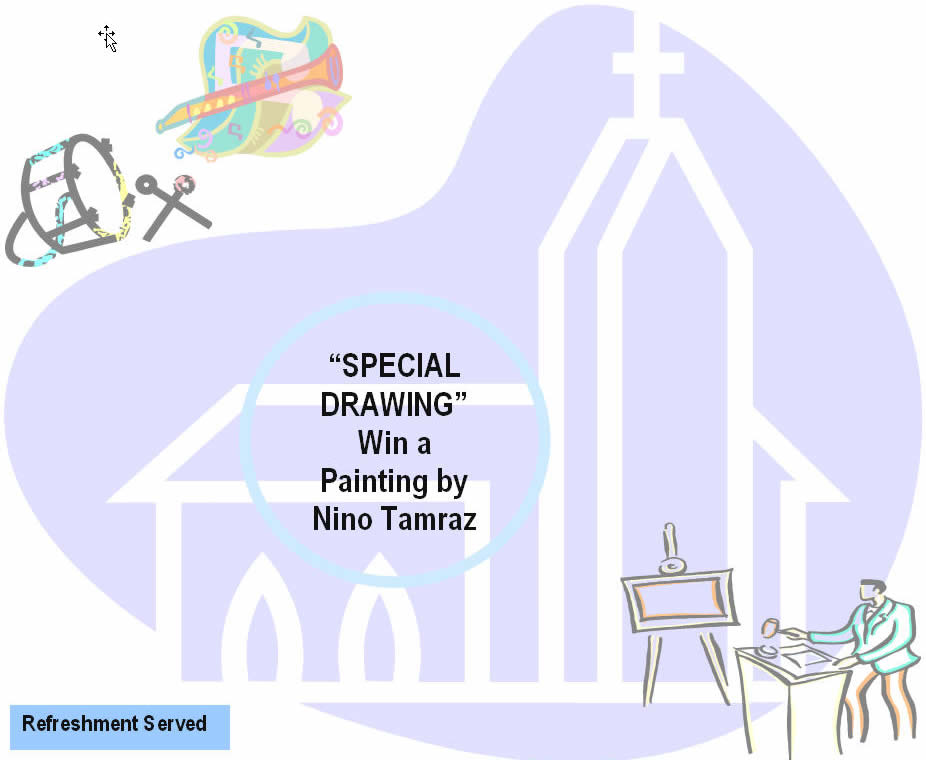The Assyrians Surviving Genocide After World War I
Prof. Anahit Khosroyeva
Armenia
 Prof. Khosroyeva is a specialist in the Assyrian genocide studies and has published a book on this topic. The following is the complete text of Prof. Khosroyeva's speech at the Assyrian National Convention, held in September 2005 in Boston. Prof. Khosroyeva is a specialist in the Assyrian genocide studies and has published a book on this topic. The following is the complete text of Prof. Khosroyeva's speech at the Assyrian National Convention, held in September 2005 in Boston.
During the World War I along with the Armenians the Assyrians, one of the most ancient nations of the Middle East, also underwent the cruel massacres under the influence and direction of the Young Turks’ government. In the Ottoman Turkey and the adjacent territories, where more than one million Assyrians lived, a real genocide was implemented according to the criteria of international law. But the tragedy of Assyrians did not come to the end with this. Both during the World War I and after it the Assyrian nation bled both from the Europe’s incitements and from the slaughters and oppressions organized by Turkish, Kurdish, Iranian and Arabian tyrants.
The end of World War I and the fall of the Ottoman Empire gave a birth to hopes of gaining autonomy among the Assyrians. Doomed to unbearable conditions because of the policy implemented by Turkish government, they had to pin certain hopes on Russian and British authorities, which made lavish promises that in return for their military support, after the triumphal end of the war the countries of Triple Entente will enable the Assyrians to establish an independent state. Lulling them with these promises both the Russians and the British resolved a number of their strategic and political problems of primary importance at the cost of the Assyrians’ blood both in Turkey and in Iran, and eventually did not fulfill their promises.
Part of the Assyrian refuges, who escaped Turkish yataghan as early as in 1918, reached an Iraqi town Baqubah, and the other part that together with the Armenians made up about 50-60 thousand people, reached Baghdad[1]. Here they were lodged in camps constructed by the British army, were they lived in tents. Although the refugees had enough food, but the conditions of life were unbearable. One of the eyewitnesses testified that “in the beginning the number of dying people in average reached 70-80 people a day. Corpses of the Armenians and Assyrians were taken from hospital straight to the cemetery. And as here the number of Assyrian refuges was greater than that of Armenians’, the number of the dead among them was also greater”[2].
After the Moudros Treaty the Ottoman Turkey started to move its troops out of the Iranian Azerbaijan. Pinning their hopes on England the Assyrians intended to return to their former territories. But the English consul Smith, speaking at the meeting of the Assyrian leaders in Hamadan, announced that “England is ready to substitute new English arms for the old Russian ones"[3] and added that “Iranian rulers do not want the Assyrians to return, especially armed. As for now, - he continued, - Iranian government is well disposed toward Great Britain, and it is desirable that we have an Assyrian representative in the British embassy in Tehran. Only then would it be possible to settle the issues arisen between the Assyrians and Iranian government”[4]. During the meeting it was decided to do the way the “allies” were suggesting. The Assyrian command ordered to gather the arms and for this purpose a special committee was formed. Shortly thereafter an English detachment appeared, took the gathered arms, seated part of the Assyrian refuges in cars and headed to the west. The other part of the Assyrians hid in the mountains. As it turned out later, those cars full of Assyrians reached Mesopotamia.
LINDA BADALOF |
|
|
|
Buyer Specialist for Monica Barkley |

Fluent in Assyrian |
COMPLIMENTARY 1-Year Home Warranty Plan
Home Buyer's Pro Inspection
Fall-Time Cleaning Service
Call for details - Gifts not to exceed $1,000.00 - Provided at the close of escrow. |
25101 The Old Road
Santa Clarita, CA
Direct: 661.284.5097
Cell: 661.645.4290
lbadalof@sbcglobal.net |
|
In such a way the Assyrian escaping Turkish slaughters appeared under the rule of their allies: the British. Thus this deceived, desolate and outcast people, emaciated and bleeding from Turkish and Kurdish attacks, pinned their last hope on the Parisian Peace Conference. In 1919 several Assyrian delegations took place in that conference. Among members of those delegations were the Assyrian clerical leader Mar-Shimoun and the patriarch of Chaldean Assyrians Joseph Emmanuel Thomas, who brought their separate programs. It is worth to mention that the plans of Assyrian delegations were almost similar. It was decided that the most authoritative among the delegations: the one under the leadership of attorneys Said Antoine Namek, Rustem Nejib, and doctor Jan Zebuni, which had come from Constantinople would speak publicly. They proposed first to form an autonomous and then an independent state. According to that plan the autonomous Assyrian state would consist of the vilayets Diarbekir and Mosul, Urfa, Der-Zor, Sgherd sanjak of Bitlis vilayet, the Alexandret Port and the territory of the river Shad El Arab in the Persian Gulf. However, a bitter disappointment awaited the Assyrians here, as an Assyrian question as such did not exist for the Great Powers. In Paris, doctor Jonan, a prominent Assyrian figure, met with the mighty of this world: George Clemenceau, Lloyd George, Woodrow Wilson’s nearest adviser colonel House and others. But Jonan was given to understand that he had nothing to do in Paris, because allegedly the Assyrian question was to be solved in London.
At Sevres Conference in 1920 the Assyrian question was also taken up. In the 62nd article of the Treaty of Sevres it was stipulated that it was necessary to consider “the guarantees of perfect protection of the Assyrian-Chaldeans” in either of the two countries: Turkey and Iraq. But the Kemalists refused flatly to recognize the Treaty of Sevres. Instead of their dreams the Treaty of Sevres gave the Assyrians only a “guarantee of protection”, and only in case autonomous Kurdistan is formed in future. Under the Treaty of Sevres vilayet of Mosul passed to England. Its worth to mention that Mosul vilayet was a region rich of oil and of a significant strategic importance. Because of its fertile land and favorable climate Mosul was one of the important economic centers of the Middle East. And this was where the Assyrians were needed as a labor and military force. But they would not go to Mesopotamia voluntarily, and the British could not force them. One cannot but take into consideration the fact that at the end of the war the Assyrians had an armed army consisting of 7 thousand people. And this was the main reason for the British to organize Mar-Shimouns assassination and to send Malik Jonan to the British consulate in Tehran as an Assyrian representative. These actions of the British were followed by the arrest of the legendary Assyrian military leader Agha Petros.
Finally at British’s self-will behest the Assyrians were condemned to living in hostile Iraqi environment inhabited with Kurdish and Arabic population. Under the threat of starvation the British organized the Assyrians in armed detachments, which were to fight against the anti-English movements and contribute to the solution of Mosul question.
At the end of the summer 1920, when the Assyrian refugees were busy with their everyday activities, the Arabs were going to attack the local Englishmen and Assyrians “under their patronage”. After the Arabs encircled the camp, an English colonel K. Owen, the person in charge of the Assyrian issues, gathered the camp leaders and announced, “We are rounded up by Arabs. But the British alone are not able to protect you. We need your help”. The Assyrian refugees, of course, helped them to strike back at the Arabs, many of which were killed by the Assyrian soldiers.
On September 13, a report regarding the Assyrian refugees was presented to the British government: “In August the camp of the Assyrian refugees was burnt down. 30 thousand out of the 40 thousand Assyrians of Baghdad and Baqubah left for vilayet of Mosul, intending to go to their “own land” from there. This of course did not match with the British’s interests: they wanted to have the Assyrians close by - in Iraq. Nevertheless, it seems that a small group of Assyrians really moved to that region because according to data of the census carried out in Turkey in 1927, some 7 thousand Assyrians lived in Hakari region.
Tickets Available Now! |
Click Graphic Below for More Information
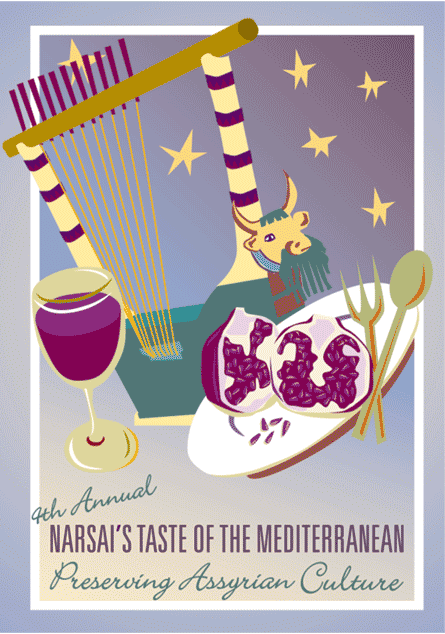 |
As a corporate sponsor of this event, Zinda Magazine is offering special student tickets at $100 (over 65% discount) to full-time Assyrian students with valid proof of enrollment at a high school or college. To obtain your tickets contact Zinda Magazine at narsai2005@zindamagazine.com. Bon apetite ! |
|
From February 21 to March 14, 1921, the London Conference was held, where the Treaty of Sevres was reconsidered at the suggestion of France and Italy. On the bank of Thames the representative of the Assyrian delegation doctor Jonan faced the disregarding and rude treatment of the Foreign Office.
Although the League of Nations, meeting the supplications of the Assyrians, who were on the verge of despair, included the Assyrian question in the agenda of the Lausanne Conference held in 1922-1923, during the conference the question failed. The British need the Assyrians in Iraq to counterbalance the Kurds and Arabs, and French did not worry about the Assyrian question at all, moreover it could have undesirable effects on the situation in Syria. The Turks, on the other hand, quickly understood that the Entente countries raised the Assyrian question only for tactical purposes and the answer of their representative Ismet Inenu was a definite “no”. Just at the time the conference was held Turkish authorities exiled 20 thousand Assyrians from Turkey to the boundaries of Iraq, the so-called Brussels Line. No steps were undertaken by the League of Nations to resolve the Assyrian question or to provide any help to this nation. After the conclusion of the Treaty of Lausanne the Assyrians faced the threat of losing their national and cultural values. They could not engage in their religious and cultural activities in their language or develop their traditions. Turkish schools were opened in the Assyrian villages. Special inspectors were sent to the villages. Besides a work was underway aimed at the total abolishment of Assyrian communities.
On October 29, 1923 Turkey was proclaimed a republic headed by the president M. Kemal. In this period (1919-1923) by M. Kemal’s permission thousands of Assyrians were killed just for being Christians. The policy of the newly established state was based on the political and military ideas of Young Turks. In order to implement the ethnic clean-up reforms were carried out in educational and cultural spheres. For example, according to the decision made on November 3, 1928, use of any alphabet other than Turkish was prohibited on the territory of Turkey; it was decided to create a single united culture based on the cultures of the other nations. The places with names of non-Turkish origin were renamed; people of other nationalities were forced to change their family names.
Thus, conducting a policy of assimilation of Christians and not even recognizing the existence of other nations in Turkey, Kemalists maintained the homogeneity of the country population by fire and sword. Any obstacle on their way had to be eliminated.
On December 26, 1925, the League of Nations gave Hakkari to Turkey and Mosul - to Iraq, putting an end to the hopes about the Assyrian autonomy. Thus, under economical and other pressures, the Assyrians were forced to leave the land of their forefathers. They became aliens in their own historical homeland and neighboring countries where they used to live for centuries. The notorious decree issued on December 16, 1925, forced the Assyrians to live in Iraq under British patronage. The life was unbearable there. The Assyrians demanded guarantees of return. But the English were not going to lose the Assyrian soldiers and workers. In order to please them the British spread a rumor in Mosul vilayet about foundation of an “Assyrian Kingdom”. This way they tried to stop the French claims regarding Mosul vilayet and to keep the Assyrians in their camp. A struggle broke out around the Mosul oil, which lasted a little more than eight years and resulted in the victory of the British. The Assyrian question also played an undoubtedly important role in that victory. It is also important that thanks to the efforts of warlike Assyrians, who resolutely defended Iraq borders, Turks did not succeed in occupying Northern Iraq. But the whole problem is that the Assyrians themselves gained nothing from all that.
In 1932, after the period of “British patronage” ended, 70 thousand Assyrians made a request of receiving land lots in the places of their residence. But Baghdad reacted with hostility to the natural and modest request of the so-called “ungrateful Assyrians” and intensified its oppressions. And the English, not needing the Assyrians’ services any more, abandoned them, leaving this nation to the mercy of fate. Moreover, turning their back on their former allies, the British left them to regressive Iraq that did not fail to get even with the Assyrians organizing their massacres.
On July 18, 1933, Mar-Shimoun became an undesirable person in Iraq and had to leave for Cyprus. Here he raised his complaint against the British disregard. In response to that, the British again began to drive a wedge among the Assyrians, Kurds and Arabs, trying to resolve the Assyrian question totally exterminating the latters.
According to R. Stafford, the former administrative inspector of the Ministry of Foreign Affairs in Iraq, “The Assyrian question itself is a political one”. And the British tried to resolve this political problem oppressing this people by all means.
 |
In late August 1933, when 1000 Assyrians were trying to move their families to Syria, zone of the French patronage, the Iraqi authorities used armed force against them on the bank of the river Tigris. The Assyrians took retaliatory steps and successfully moved to Syria. The Iraqi army took revenge for this defeat on the peaceful population of the Assyrian villages. Only in one Assyrian village, Semmel, three thousand people were killed. A lot of corpses of children burnt alive were found in Semmel’s church. It is important to mention that the Iraqi government nowise impeded this massacres. Moreover, the organizer of the massacres was advanced to the rank of general. The Iraqi archives testifying about those events were closed after the king Faysal I’s death. There is no doubt that the Assyrian massacres of Iraq in 1933 were organized by the British. As regards this, R. Stafford wrote, “There is no doubt that the events of 1933 stained British reputation in Iraq as well as in the East in general. Rightly or not, but the Iraqi population thinks that we betrayed our allies: the Assyrians”.
The tragic events of 1933 caused the Assyrians to spread all over the world: first to the neighboring countries, then to Europe, America and Australia.
Unfortunately, the Assyrians in their turn did not learn lessons from history and forgetting the bitter experience of the past, in April-May 1941, entered an armed conflict in favor of Britain. The English base Royal Air Force located in Iraq escaped destruction with the help of some 1500 Assyrians. It is remarkable that the defeat of Iraq was important in turning the balance of the war against Germany in the Middle East.
On May 7, 1945, the Assyrian clerical leader Mar-Shimoun spoke at United Nation General Assembly, trying to get the support of Great Powers regarding the problem of defending the claims of his people, but again in vain.
Today the Assyrian nation spread all over the world needs a respect of human rights. They want to have an autonomous state and continue their fair and centuries-long struggle. The Assyrian question needs an international solution. This problem has so far been out of the limelight of the world community. However it needs serious scientific investigations and extensive political discussions in official circles of different countries in defense of the Assyrian nation and in order to restore the historical justice.
Notes
- Vardanyan Y., Anapate Anapat [From Desert to Desert], Venice, 1923, p. 53 (arm.).
- The same place, p. 111-112.
- Mar-Yuhanna I. I., Memuari [Memoirs], Tiflis, 1966, p.105 (rus.).
- Matveev K. P. (Bar-Mattay), Mar-Yuhanna I. I., Assiriski Vopros vo Vremya i Posle Pervoy Mirovoy Voyni [The Assyrian Question During and After World War I], Moscow, 1968, p. 80 (rus.).
|
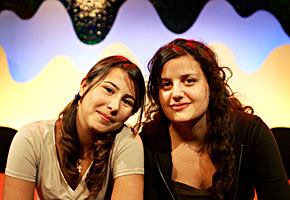
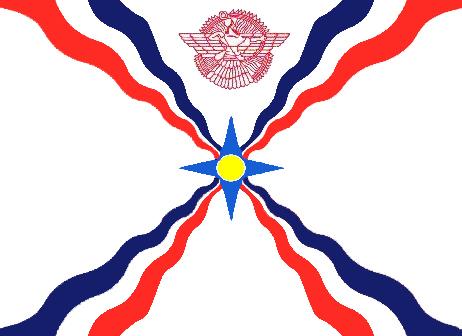


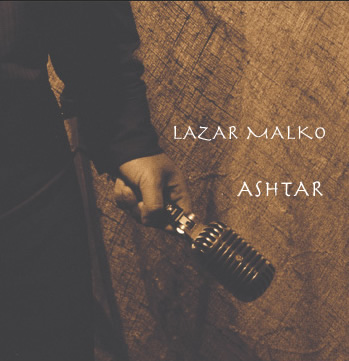
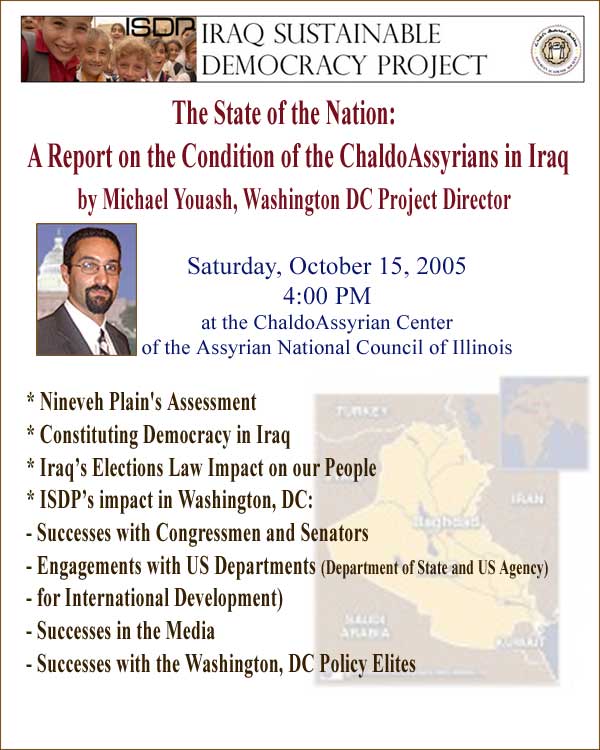 "
"